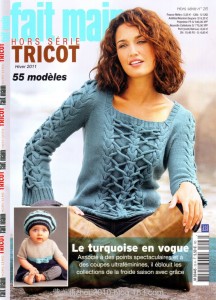In seminar days this was referred to as a “fern leaf” pattern. Holding groups in these sequences givea a bit more swing to the side of the finished piece. Directions for this fabric may be found in the post
The difference between the fabrics below and the ones that look like this swatch is that when the row of held sequences is completed from one side to the other, at least 2 rows are knit across all stitches before reversing the holding direction and moving toward the starting side to complete the repeat.
In addition, there is often a tension change between the groups that pull the fabric inward and enhance the texture. In my sample, the held segments were knit at tension 6, and the tight rows at tension 3.
The pattern in this swatch is executed on a multiple of 8 stitches
To knit: cast on the required number of stitches, the first four rows are tight, so waste yarn and ravel cord followed by the cast-on and tight rows are recommended.
At T3 knit 4 rows, COR. Set the machine to hold stitches.
T6: bring all but the first 8 needles closest to the carriage into hold.
Knit 12 rows.
COR: on the side opposite to the carriage but closest to the needles in the working position, bring a group of 4 more needles into work. Knit one row.
COL: on the side opposite the carriage bring 4 needles into hold.
You will now again be working on a group of 8 needles. * Knit 11 rows.
COR: on the side opposite carriage bring 4 needles into work, knit one row.
COL: on the side opposite carriage bring 4 needles back into hold.*
Repeat *to* until the last set of 8 needles are in work on the left-hand side, knit 12 rows, ending COL.
T3 knit 4 rows.
Reverse the process, moving in the opposite direction, beginning with knitting 12 rows on the first group of 8 stitches on the left.
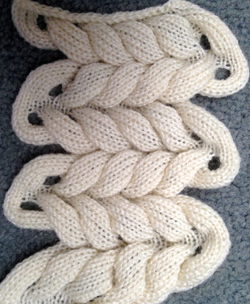
If the goal is to retain the texture, a yarn with “memory” ie wool is recommended; if a yarn such as acrylic, which has the capacity of being “killed” when pressed (sometimes the desired effect) is used, the result may be seen below
lacing up a sample with knit i-cord
I had previously shared other images of this type of fabric, they may be found in my previous post, described as “horizontal cables“. The sequences there illustrate the use of other results from varying the number of stitches and rows in each held group, as to the biasing that results when all rows of groups move in a single direction. A bit on the possibility of automating such fabrics using slip stitch.
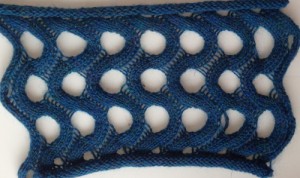
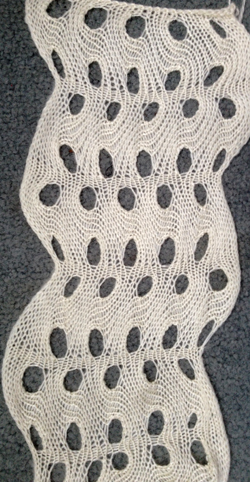
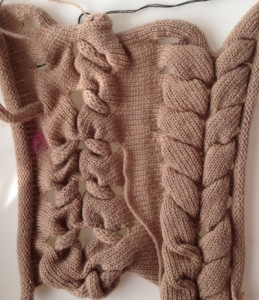


 the swatch
the swatch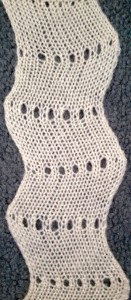
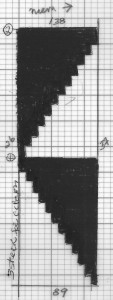 its accompanying swatch
its accompanying swatch
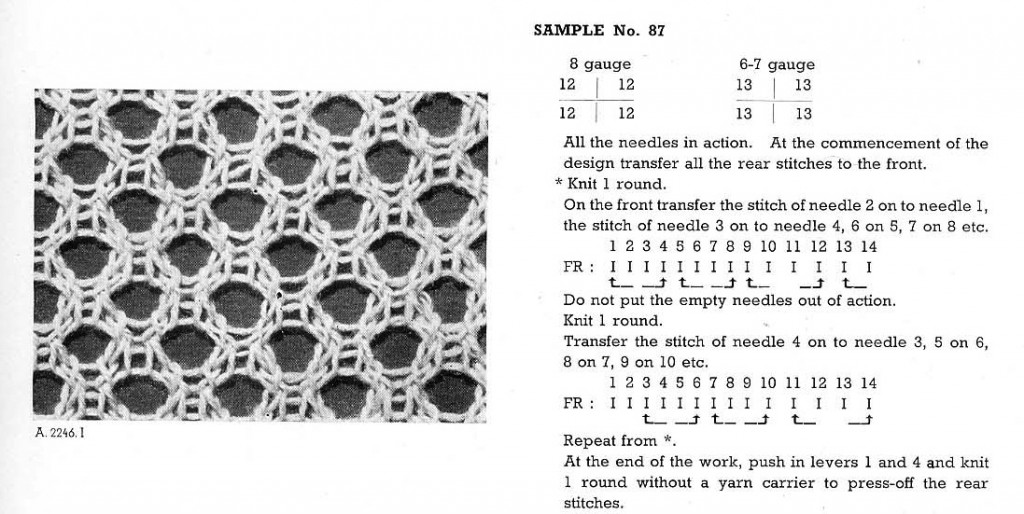





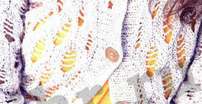
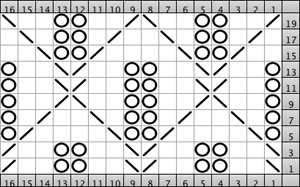



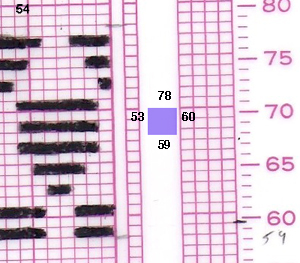
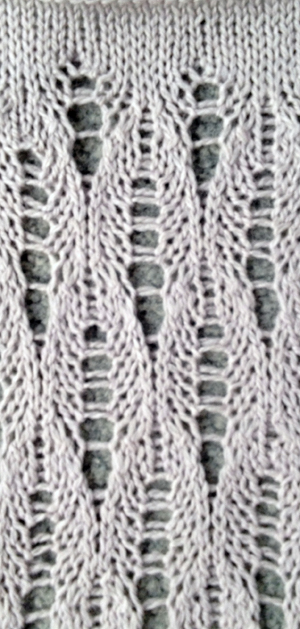
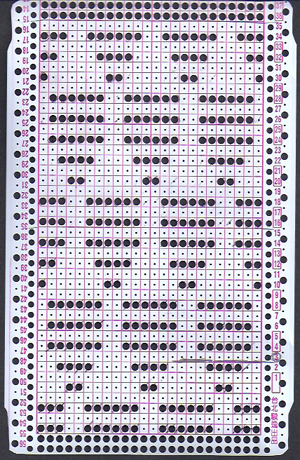
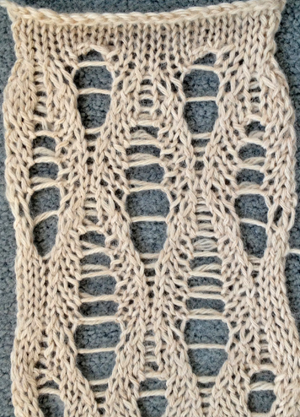

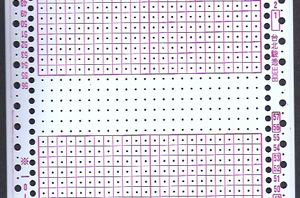

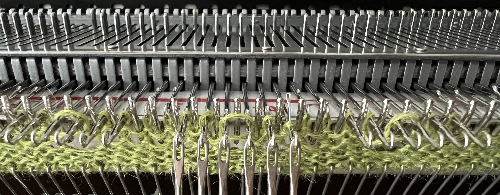




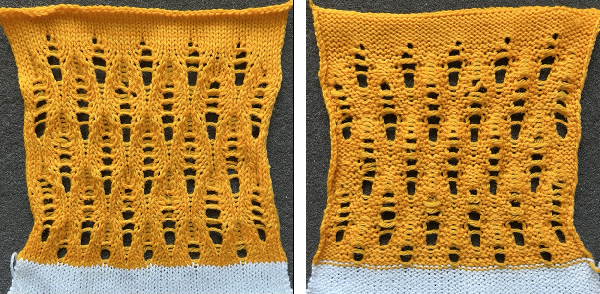
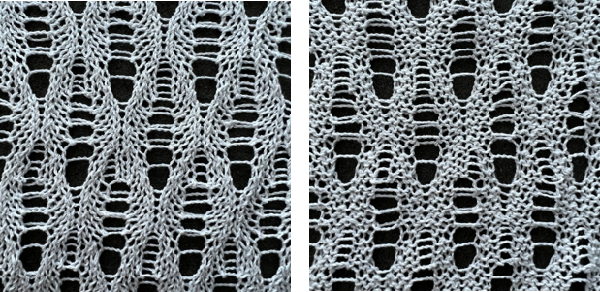
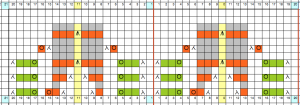
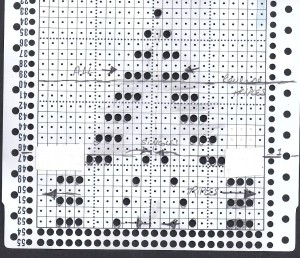

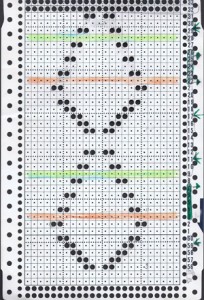


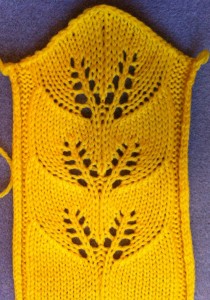

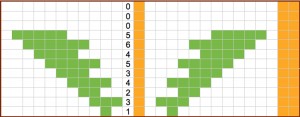
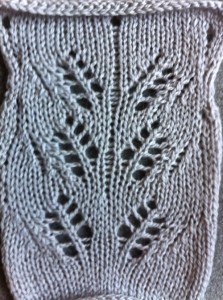
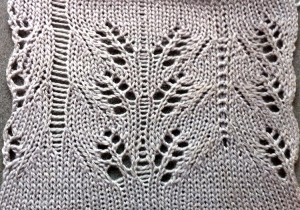
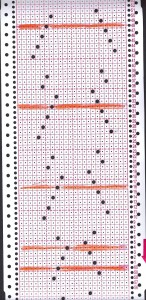
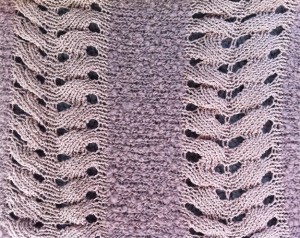

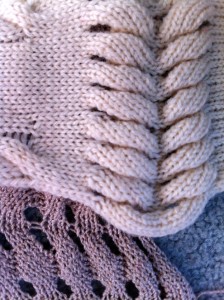


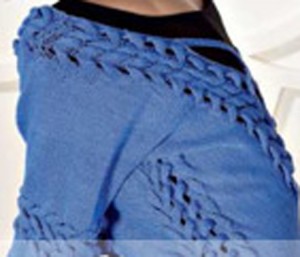
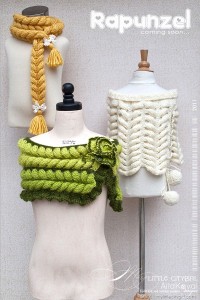

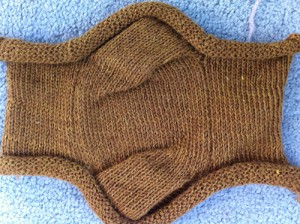
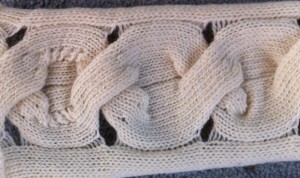
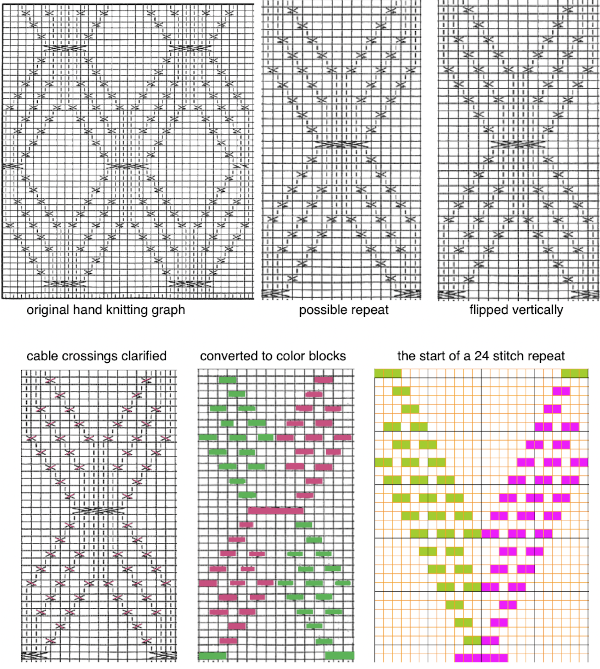 Using the card
Using the card
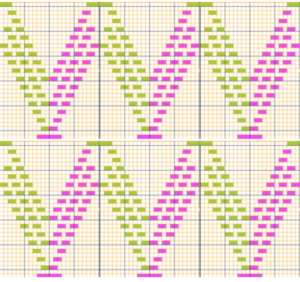

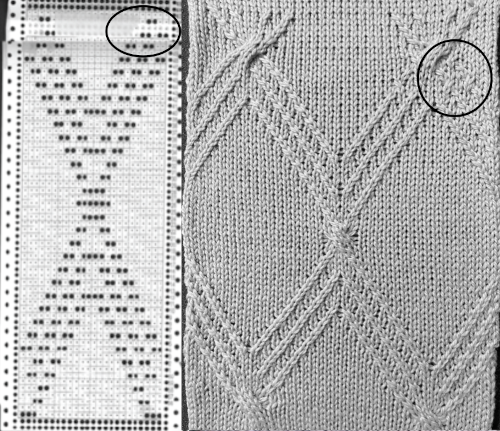

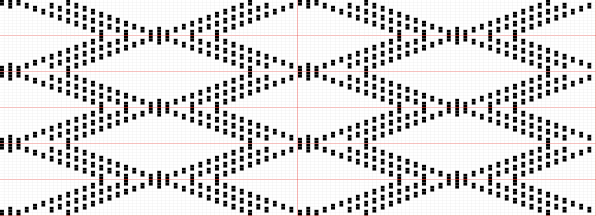
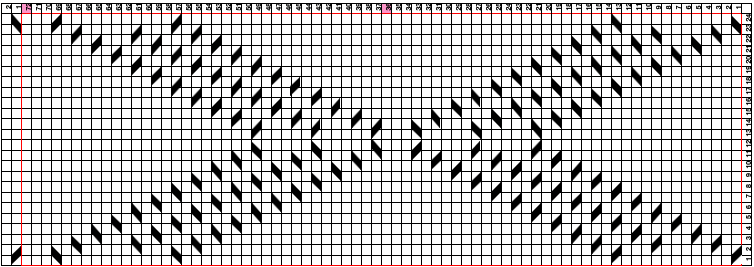
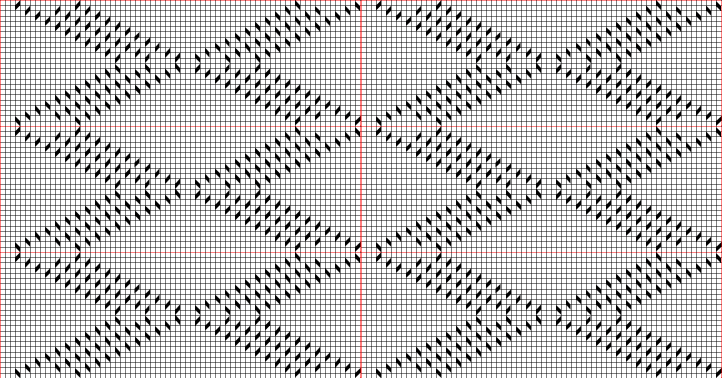

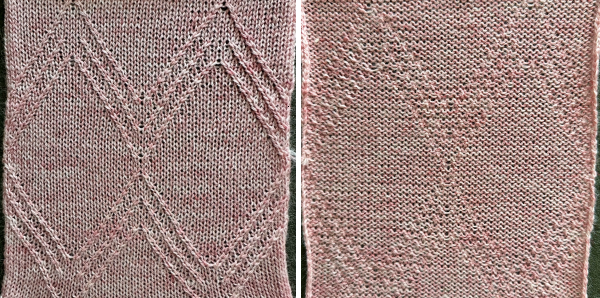
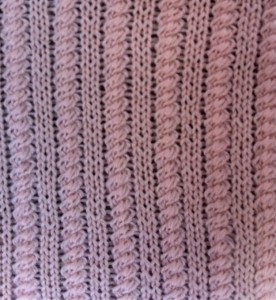


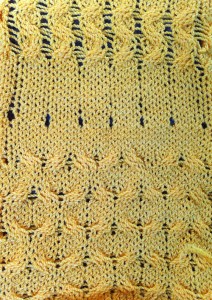
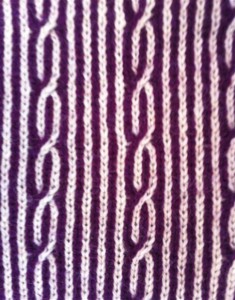
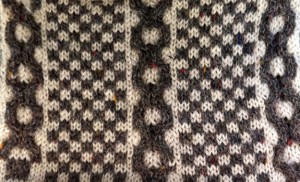
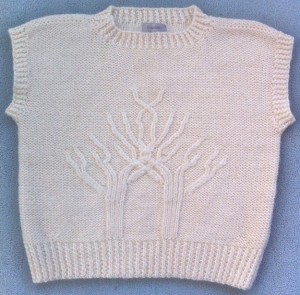
 With tubular knit cord in addition to hooking up, anchoring may require some stitching, “seaming as you knit” at planned intervals would make the joins “invisible ”
With tubular knit cord in addition to hooking up, anchoring may require some stitching, “seaming as you knit” at planned intervals would make the joins “invisible ” 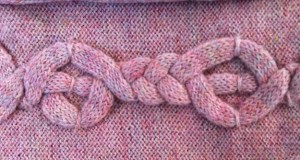 Strips using holding techniques or stitches hooked onto the knit to create texture, in turn, joined in the “seam as you knit method”
Strips using holding techniques or stitches hooked onto the knit to create texture, in turn, joined in the “seam as you knit method”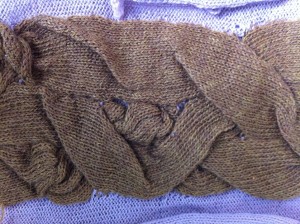 Cording may also be inserted into single stitch lace “holes”
Cording may also be inserted into single stitch lace “holes” or larger holes created through holding techniques
or larger holes created through holding techniques Knit i-cords, ribbon, twisted cording, etc. may also be threaded/woven through holes created at cable crossing as a way to add color and dimension to standard cables, mimicking their movement on the fabric. A recent foreign magazine cover including a variant of the above technique
Knit i-cords, ribbon, twisted cording, etc. may also be threaded/woven through holes created at cable crossing as a way to add color and dimension to standard cables, mimicking their movement on the fabric. A recent foreign magazine cover including a variant of the above technique